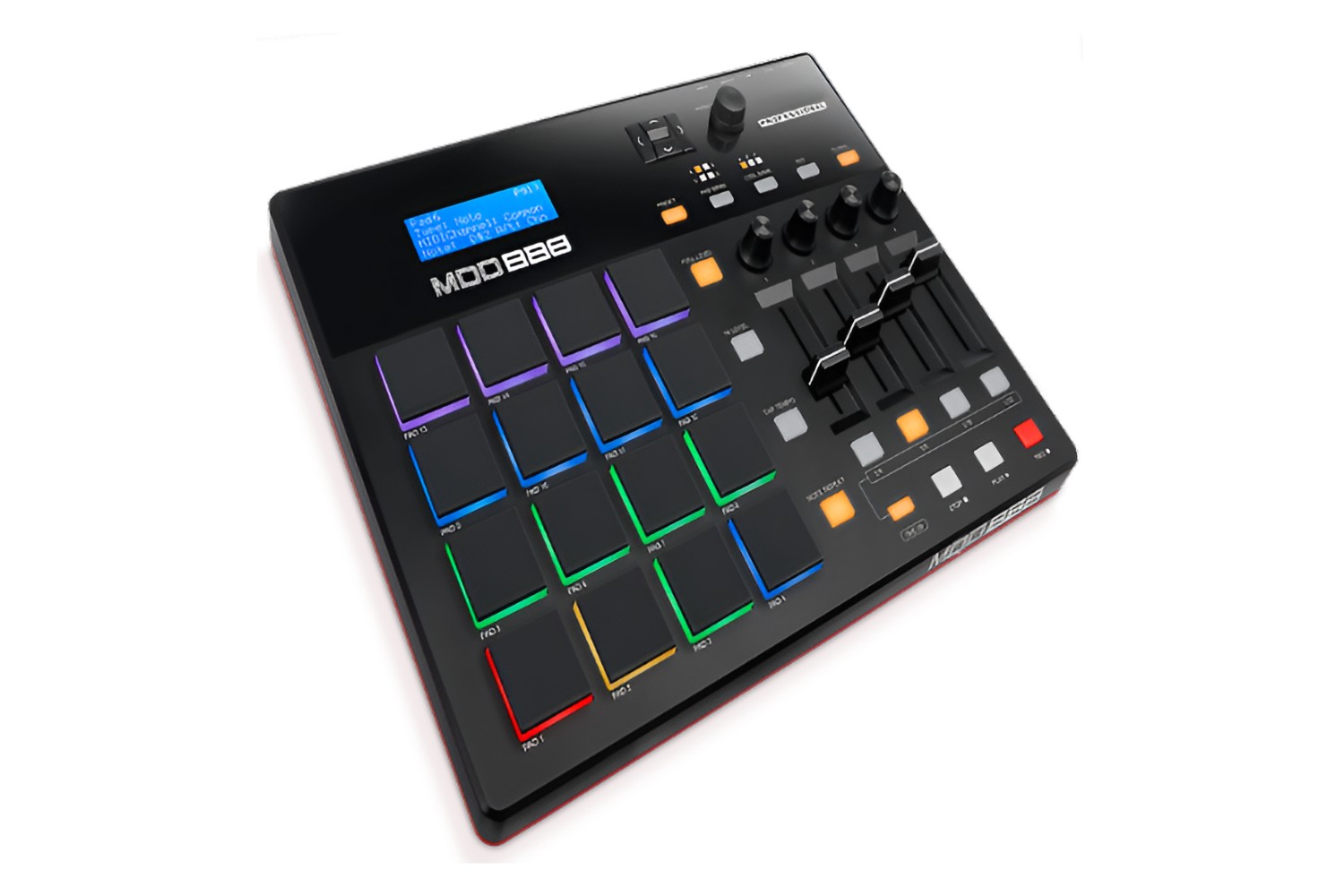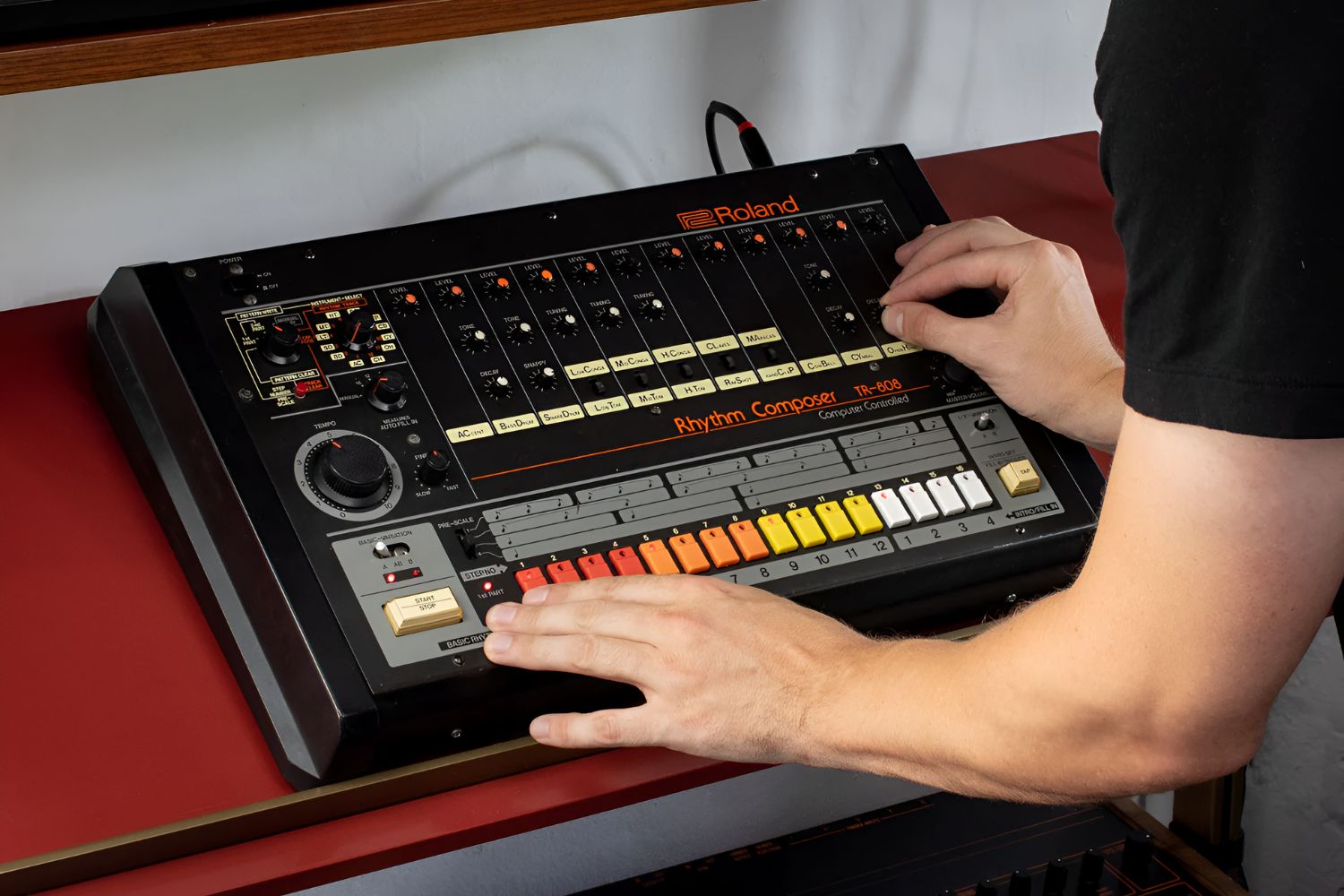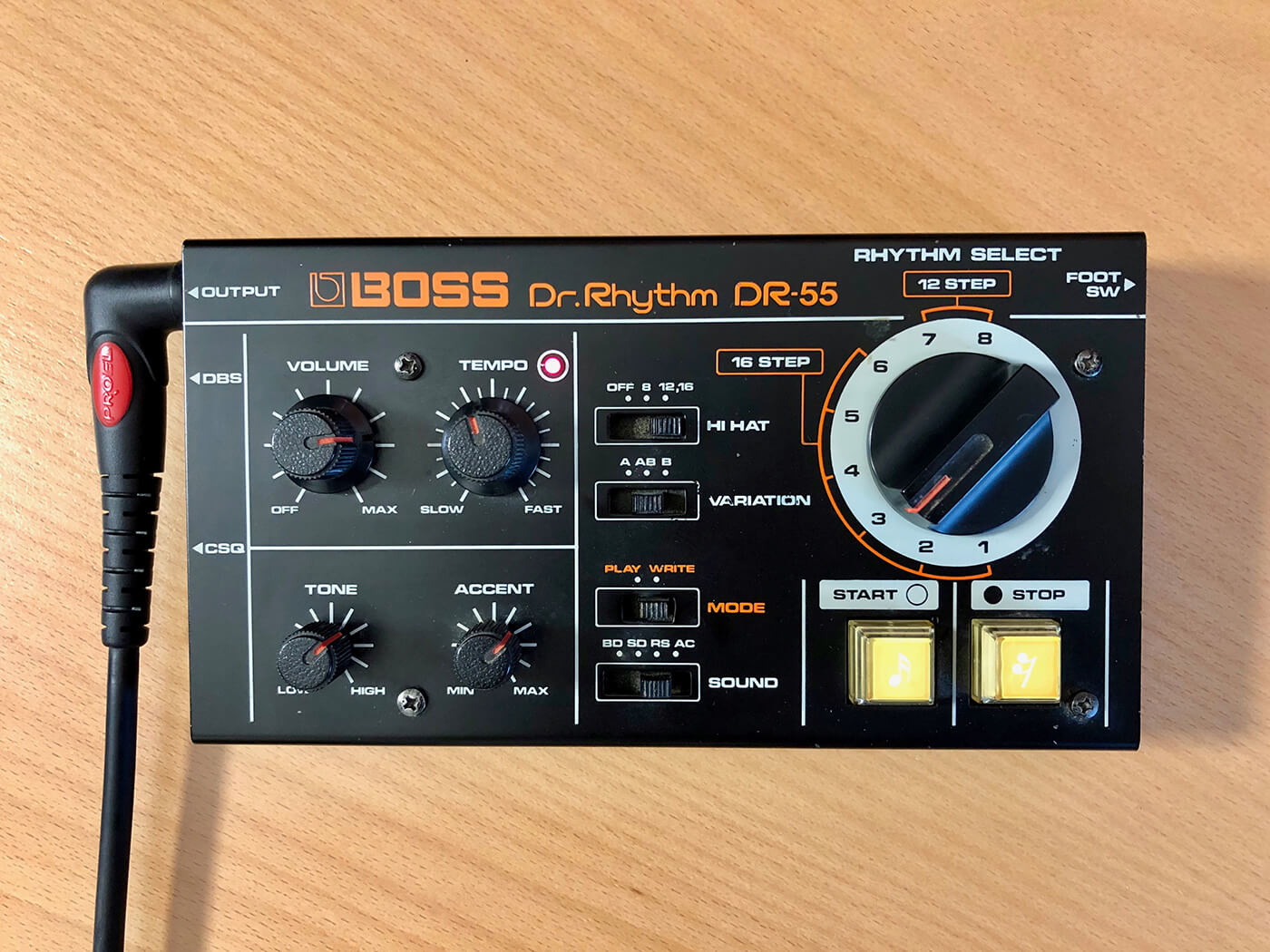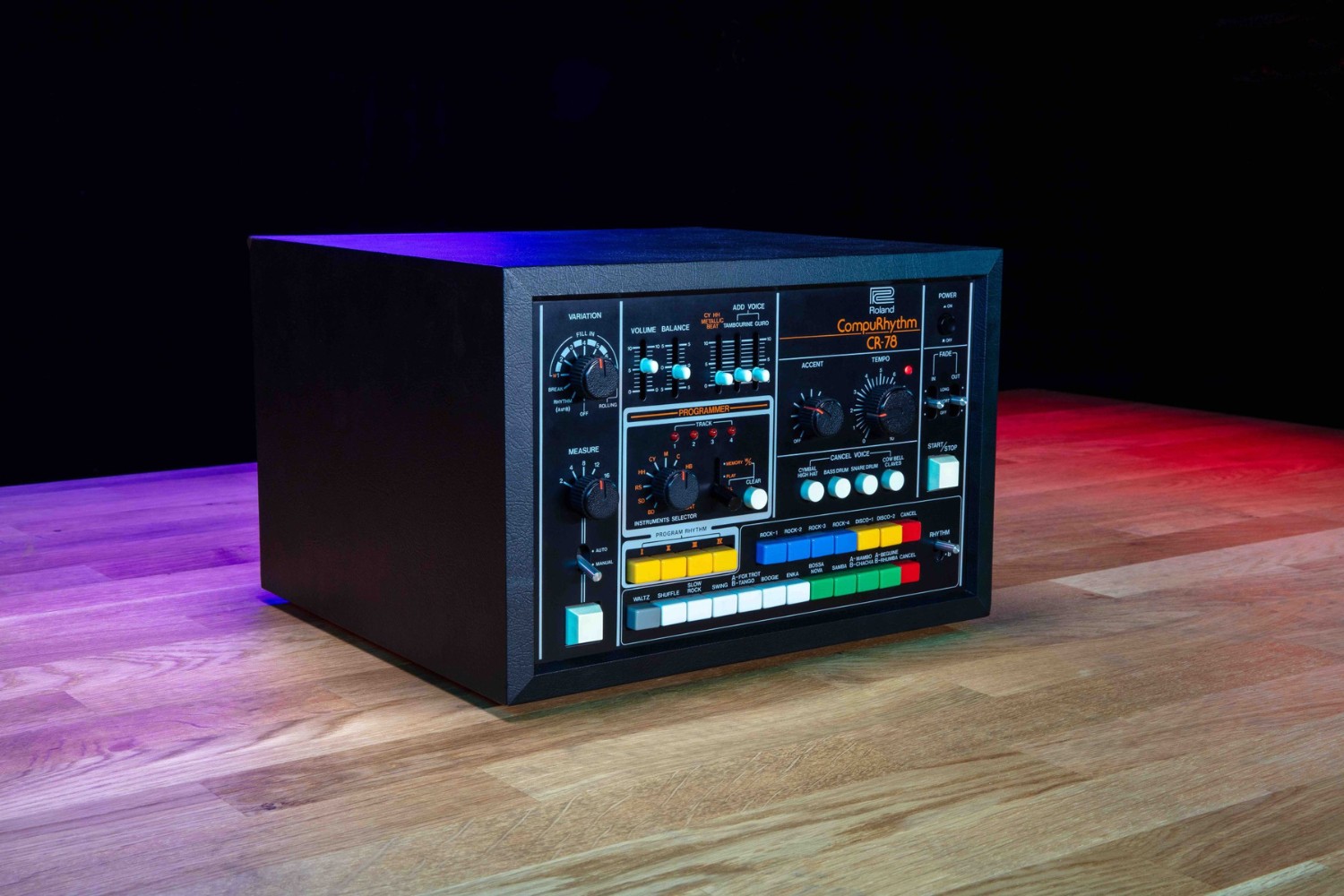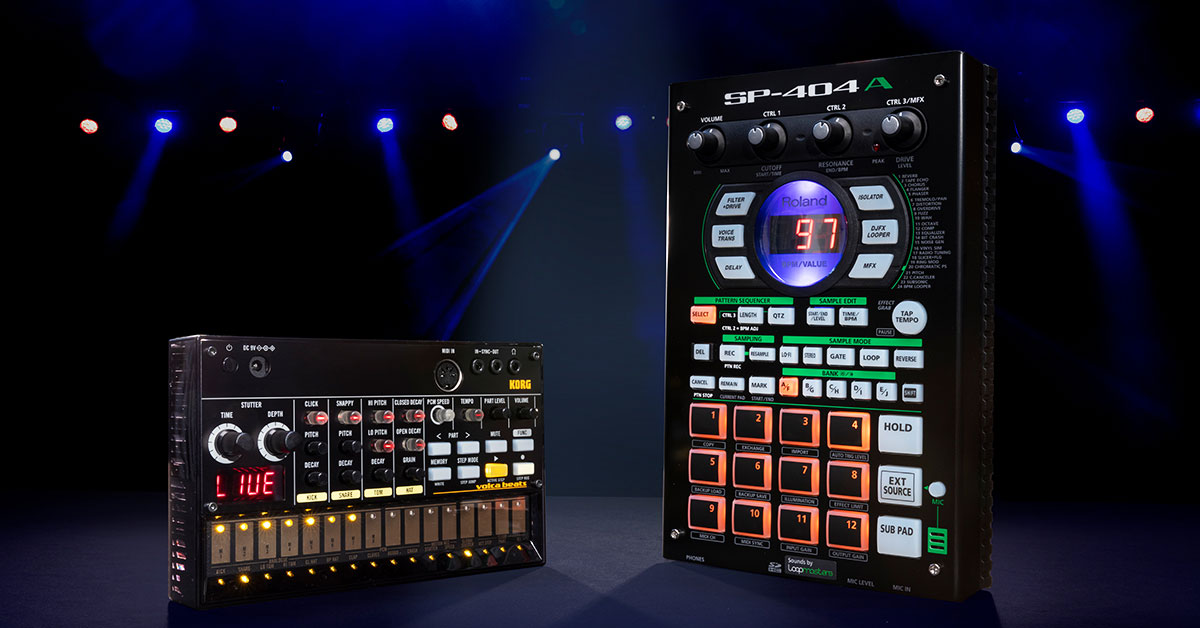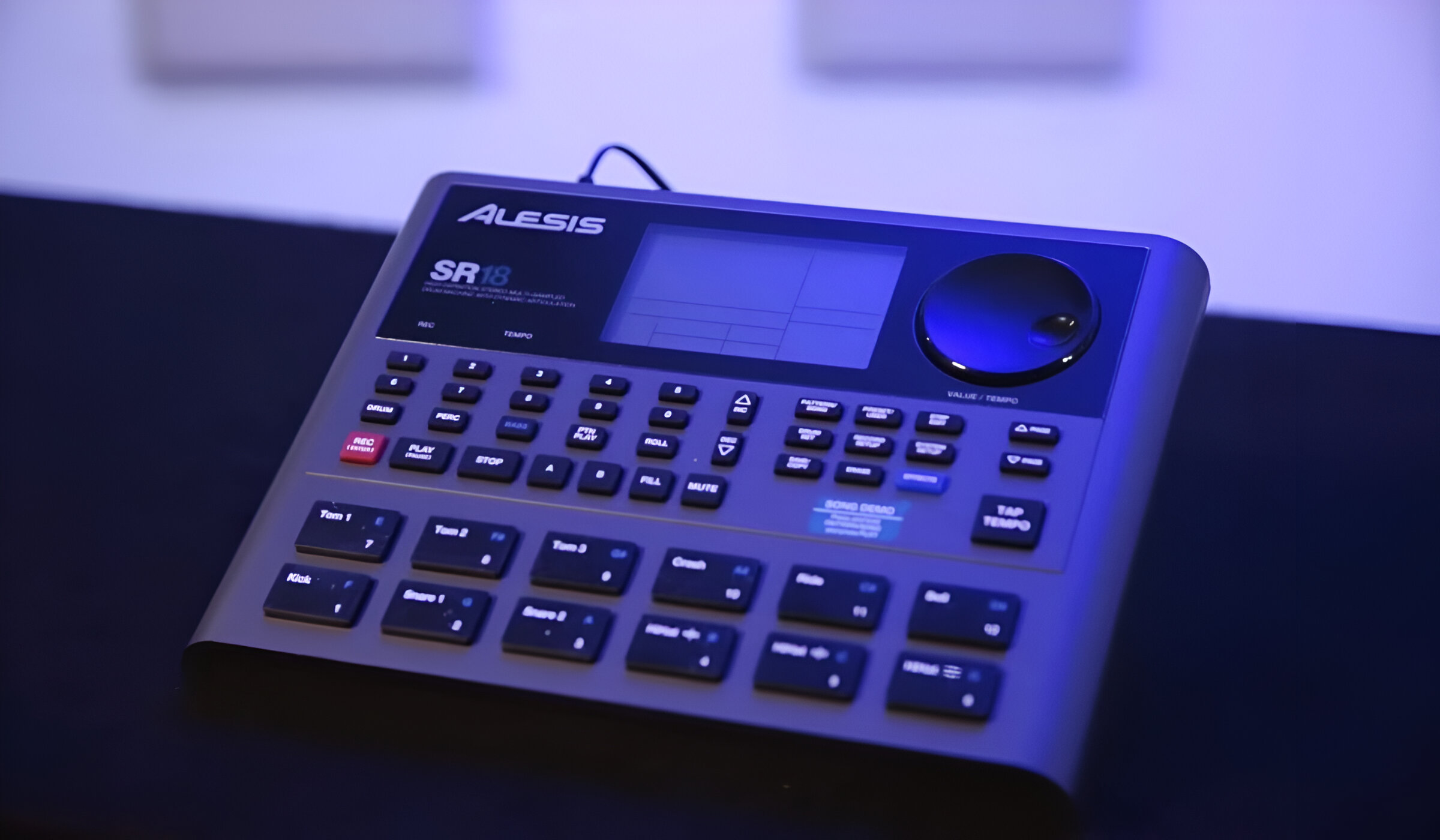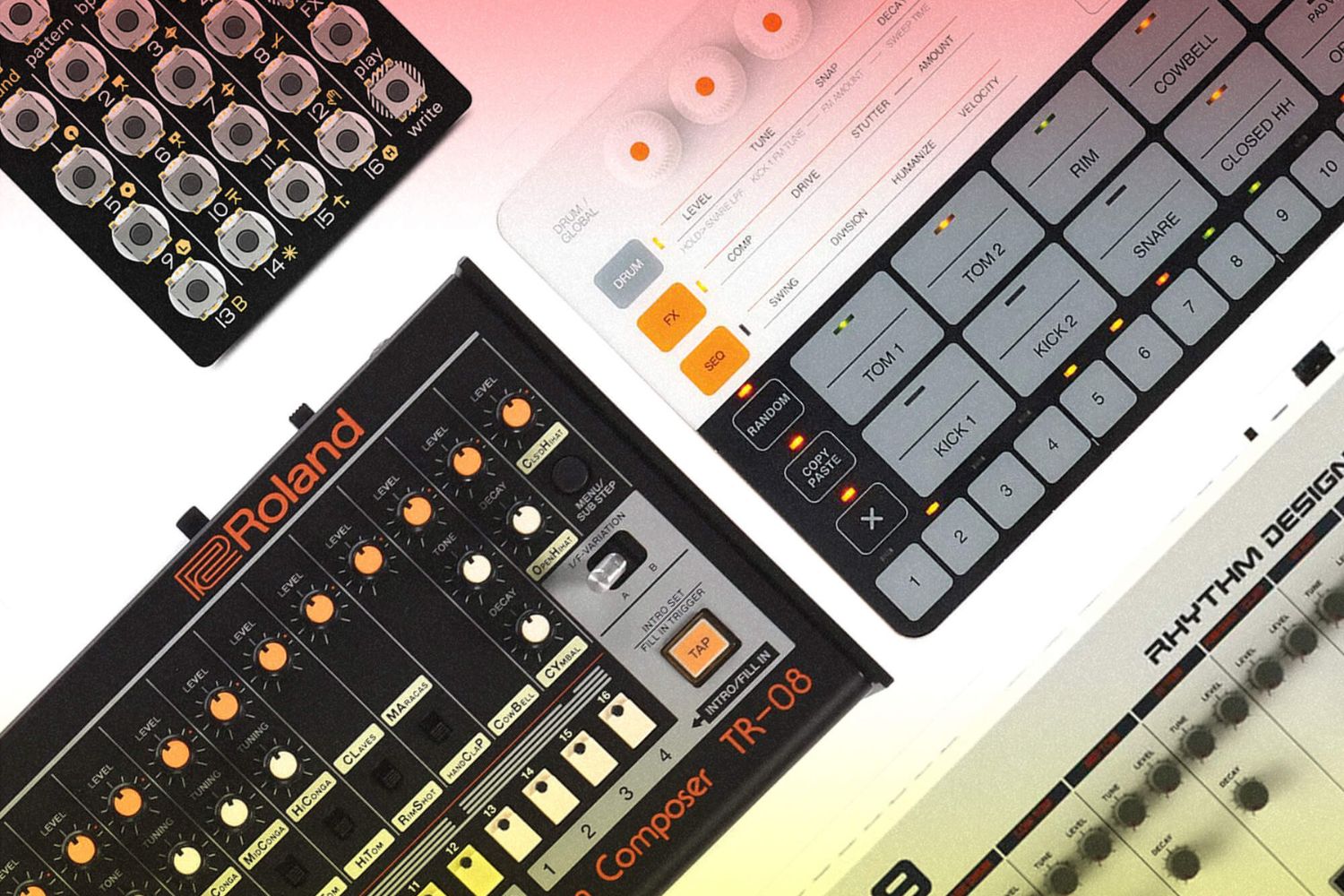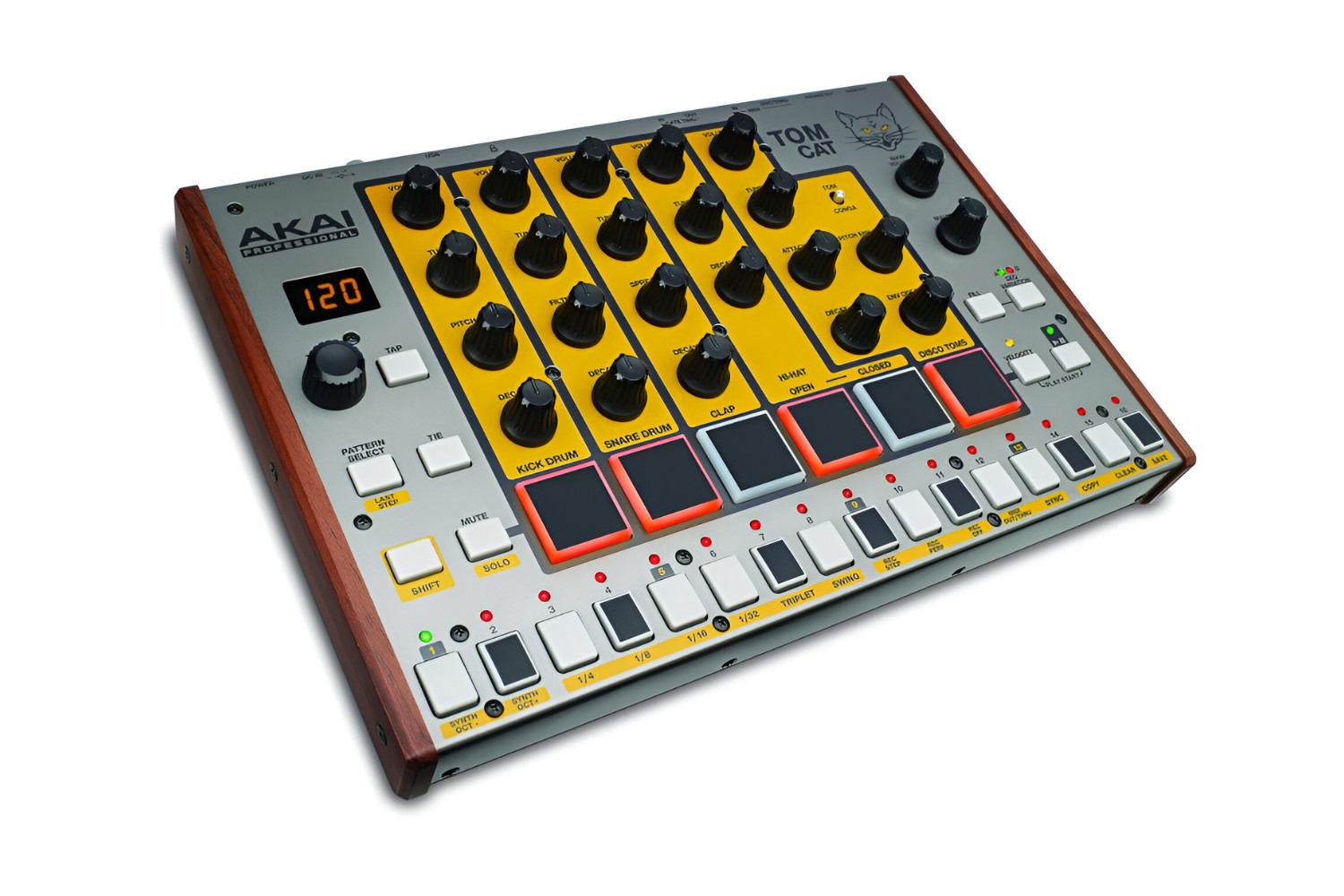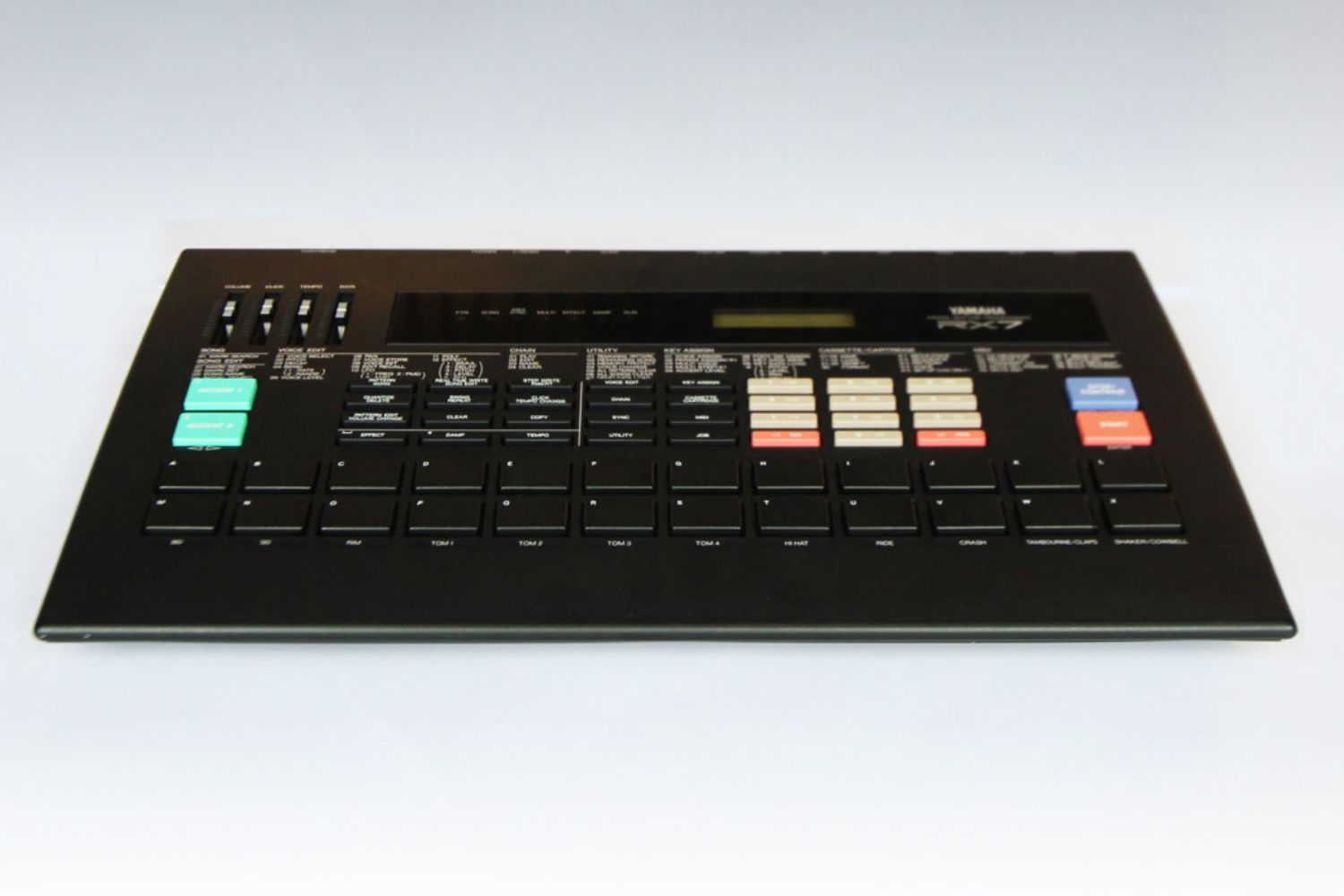Introduction
What Drum Machine Do Most Dubstep Songs Use?
Dubstep music has gained immense popularity over the years, known for its heavy basslines, intricate rhythms, and futuristic soundscapes. At the core of many dubstep tracks lies the rhythmic foundation provided by drum machines. These electronic instruments have become essential tools for producers in shaping the distinctive beats and percussive elements that define the genre. In this article, we will delve into the world of dubstep drum machines, exploring their significance and the specific models commonly used in the creation of dubstep music.
The evolution of electronic music has been closely intertwined with the development of drum machines. These devices, initially designed to replicate the sound of acoustic drums, have evolved into versatile instruments that offer a wide array of sonic possibilities. In the context of dubstep, drum machines play a pivotal role in crafting the genre's characteristic rhythmic patterns, from syncopated grooves to aggressive, hard-hitting beats.
Aspiring producers and enthusiasts alike are often curious about the drum machines favored by renowned dubstep artists and the unique features that make them well-suited for the genre. Understanding the role of drum machines in dubstep music and recognizing the specific models that have left a significant mark on the genre can provide valuable insights for those looking to venture into dubstep production or simply gain a deeper appreciation for the intricacies of the genre.
In the following sections, we will explore the fundamental characteristics of drum machines, their significance in the context of dubstep music, and the popular models that have become synonymous with the genre's production landscape. Additionally, we will discuss the essential features to consider when selecting a drum machine for dubstep production, empowering both novices and experienced producers to make informed choices when seeking the perfect rhythmic companion for their dubstep creations.
What is a Drum Machine?
A drum machine is an electronic musical instrument designed to produce percussion sounds, including kicks, snares, hi-hats, and various other rhythmic elements. Unlike traditional acoustic drums, a drum machine generates sounds electronically, offering a wide range of customizable features and sound manipulation capabilities. These versatile devices have played a pivotal role in shaping the sonic landscape of modern music, providing musicians and producers with a powerful tool for creating rhythmic patterns and beats.
Drum machines typically feature a grid or sequencer interface, allowing users to program and arrange rhythmic patterns with precision. This level of control enables producers to craft intricate and complex beats, making drum machines indispensable in electronic music production, including the creation of dubstep tracks.
One of the defining characteristics of a drum machine is its ability to emulate a diverse array of percussion sounds, often encompassing classic drum kit elements as well as unconventional and futuristic sonic textures. This versatility allows producers to experiment with unique soundscapes, layering different drum sounds and applying various effects to achieve the desired sonic aesthetic.
Furthermore, modern drum machines often integrate advanced features such as parameter automation, sample manipulation, and real-time performance controls, empowering users to sculpt and modulate sounds in innovative ways. These capabilities are particularly valuable in the context of dubstep music, where the manipulation of bass-heavy and aggressive drum patterns is a crucial aspect of the genre’s production techniques.
In essence, a drum machine serves as a comprehensive rhythmic workstation, offering a diverse palette of percussion sounds, intuitive programming interfaces, and advanced sound-shaping tools. Its role in electronic music production, including the creation of dubstep music, cannot be overstated, as it continues to inspire creativity and drive innovation in the realm of rhythmic composition and beat-making.
The Role of Drum Machines in Dubstep Music
Dubstep music is characterized by its intricate rhythms, powerful basslines, and dynamic percussive elements, all of which are heavily influenced by the creative use of drum machines. These electronic instruments play a fundamental role in shaping the sonic identity of dubstep tracks, providing producers with the tools to craft compelling and innovative rhythmic patterns.
One of the key contributions of drum machines to dubstep music lies in their ability to generate and manipulate diverse percussion sounds, ranging from thunderous kicks and sharp snares to intricate hi-hat patterns and unconventional rhythmic textures. This sonic flexibility allows producers to experiment with a wide range of rhythmic motifs, creating beats that are both driving and intricately detailed.
Furthermore, the rhythmic complexity and syncopated grooves synonymous with dubstep are often achieved through the precise programming and sequencing capabilities of drum machines. Producers can meticulously arrange and layer drum patterns, incorporating subtle variations and dynamic shifts to build tension and energy within the music. The rhythmic interplay between bass elements and drum patterns, a hallmark of dubstep production, is intricately woven together through the creative manipulation of drum machine sequences.
Moreover, drum machines serve as powerful tools for shaping the overall sonic texture of dubstep tracks. By applying effects, modulation, and sound manipulation techniques, producers can imbue their drum patterns with a distinct character, ranging from gritty and aggressive to atmospheric and ethereal. This sonic versatility contributes to the immersive and dynamic nature of dubstep music, elevating the impact of drum machines as essential creative instruments in the genre’s production process.
Ultimately, the role of drum machines in dubstep music extends beyond mere rhythmic accompaniment; they are catalysts for innovation and sonic experimentation. The intricate interplay between drum machines and other musical elements in dubstep production underscores their significance in shaping the genre’s sonic landscape, driving the evolution of rhythmic expression and pushing the boundaries of electronic music composition.
Popular Drum Machines Used in Dubstep
Several drum machines have left an indelible mark on the world of dubstep music, shaping the genre’s rhythmic identity and influencing the sonic palette of countless tracks. These iconic instruments have become synonymous with dubstep production, admired for their unique sonic characteristics and the creative possibilities they offer to producers. Among the notable drum machines that have made a significant impact in the realm of dubstep, several stand out as quintessential tools for crafting the genre’s distinctive beats and percussive elements.
One of the most revered drum machines in the dubstep community is the Elektron Machinedrum. Renowned for its versatility and sound-sculpting capabilities, the Machinedrum has been a staple in the arsenal of many dubstep producers. Its ability to generate a wide array of percussive sounds, coupled with its intuitive sequencing and modulation features, has made it a go-to instrument for crafting intricate and dynamic drum patterns that define the genre’s rhythmic complexity.
Another influential drum machine in the realm of dubstep is the Akai MPC series, particularly the MPC 2000XL and its successors. These iconic samplers and sequencers have played a pivotal role in shaping the sound of dubstep, offering intuitive sampling capabilities, tactile performance controls, and a distinct sonic character that resonates with the genre’s aesthetic. The MPC’s tactile interface and sample manipulation features have empowered producers to create compelling drum arrangements and experiment with innovative rhythmic textures.
Additionally, the Native Instruments Maschine has garnered widespread acclaim among dubstep producers for its seamless integration of sampling, sequencing, and performance capabilities. Its intuitive workflow and comprehensive sound library have made it a favored choice for crafting intricate drum patterns, manipulating samples, and sculpting the sonic landscape of dubstep compositions.
Furthermore, the Roland TR-808 and TR-909 drum machines, revered for their iconic analog sounds and influential role in electronic music history, have also left an indelible imprint on dubstep production. Their distinct sonic characteristics, including booming kicks, crisp snares, and resonant hi-hats, have become emblematic of the genre’s rhythmic aesthetic, inspiring producers to infuse their tracks with the raw energy and dynamic impact associated with these classic drum machines.
These are just a few examples of the many drum machines that have significantly influenced the sonic landscape of dubstep music, each contributing to the genre’s rhythmic diversity and sonic innovation. Their enduring legacy continues to shape the creative endeavors of dubstep producers, serving as essential tools for crafting compelling beats and percussive elements that define the genre’s dynamic and immersive sonic experience.
Features to Look for in a Drum Machine for Dubstep Production
When selecting a drum machine for dubstep production, there are several essential features to consider, each contributing to the instrument’s suitability for crafting the genre’s characteristic beats and rhythmic textures. These features play a crucial role in empowering producers to sculpt dynamic and innovative drum patterns, ensuring that the chosen drum machine aligns with the sonic and creative requirements of dubstep music production.
Sound Diversity and Customization: A versatile drum machine for dubstep should offer a diverse range of percussion sounds, including impactful kicks, sharp snares, dynamic hi-hats, and experimental textures. Additionally, the ability to customize and manipulate these sounds through parameter adjustments, sample layering, and sound modulation is essential for crafting the intricate and powerful rhythmic elements synonymous with dubstep tracks.
Sequencing and Pattern Control: Intuitive sequencing capabilities and pattern control features are paramount in a dubstep-oriented drum machine. The ability to program complex rhythms, create evolving patterns, and introduce nuanced variations within sequences is crucial for crafting the genre’s syncopated grooves and dynamic percussive arrangements.
Real-Time Performance Controls: A suitable drum machine for dubstep production should offer real-time performance controls, such as assignable pads, touch strips, or knobs, enabling producers to manipulate drum sounds and patterns on the fly. These performance-oriented features empower live experimentation and expressive manipulation of drum elements, adding a dynamic and improvisational dimension to dubstep compositions.
Sample Manipulation and Effects: Advanced sample manipulation capabilities, including slicing, time-stretching, and granular synthesis, provide producers with the tools to deconstruct and reshape drum samples, fostering sonic experimentation and the creation of unconventional rhythmic textures. Additionally, built-in effects processors, such as distortion, filtering, and modulation, contribute to the sonic versatility and impact of drum patterns in dubstep music.
Integration with DAWs and MIDI Connectivity: Seamless integration with digital audio workstations (DAWs) and MIDI connectivity are essential considerations when choosing a drum machine for dubstep production. The ability to synchronize the drum machine with production software, trigger patterns and samples via MIDI, and seamlessly integrate it into the production workflow enhances the instrument’s usability and compatibility with modern studio setups.
By prioritizing these features when evaluating drum machines for dubstep production, producers can ensure that their chosen instrument aligns with the genre’s sonic and creative demands, empowering them to craft compelling and innovative drum patterns that define the dynamic and immersive nature of dubstep music.
Conclusion
As we conclude our exploration of the role of drum machines in dubstep music, it becomes evident that these electronic instruments are integral to the genre’s sonic identity and creative expression. From shaping intricate rhythms to sculpting powerful percussive elements, drum machines have become indispensable tools for producers seeking to craft compelling and innovative dubstep tracks.
By understanding the significance of drum machines in the context of dubstep music and recognizing the essential features that define a suitable instrument for dubstep production, both aspiring and experienced producers can navigate the diverse landscape of drum machines with confidence and informed decision-making. The sonic diversity, sequencing capabilities, real-time performance controls, sample manipulation features, and integration with modern production environments collectively contribute to the instrumental prowess of drum machines in the realm of dubstep music.
Moreover, the enduring legacy of iconic drum machines and the ongoing innovation in electronic instrument design continue to shape the sonic landscape of dubstep, inspiring producers to push the boundaries of rhythmic composition and sonic experimentation. As the genre evolves and new creative possibilities emerge, the role of drum machines remains central to the dynamic and immersive nature of dubstep music, driving the exploration of new sonic territories and rhythmic expressions.
Whether it’s the thunderous impact of a meticulously programmed kick drum, the intricate interplay of rhythmic patterns, or the experimental textures woven into the fabric of dubstep tracks, the influence of drum machines reverberates through the genre’s sonic tapestry, enriching the musical experience for listeners and empowering producers to realize their creative visions.
In essence, the rhythmic foundation of dubstep music owes much of its depth and complexity to the innovative capabilities of drum machines, cementing their status as essential instruments in the creative arsenal of dubstep producers. As the genre continues to evolve and inspire new generations of electronic music enthusiasts, the enduring partnership between dubstep and drum machines will undoubtedly fuel the ongoing exploration of rhythmic expression, sonic innovation, and the boundless creative potential of electronic music production.







